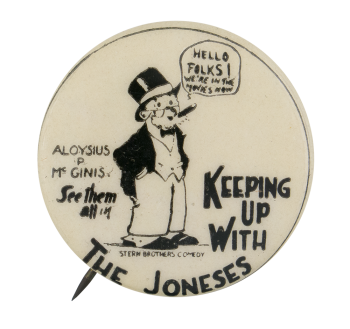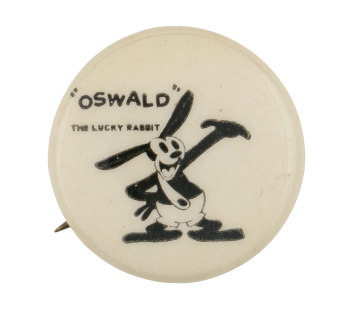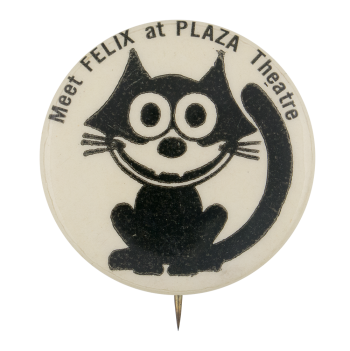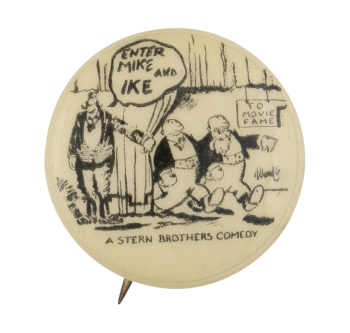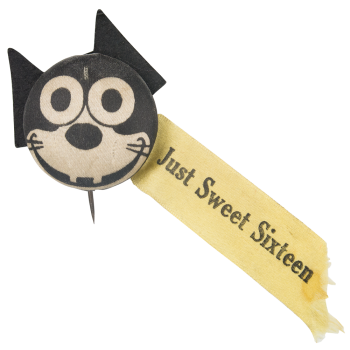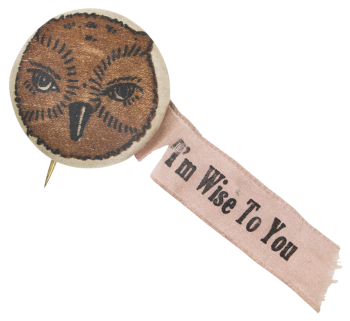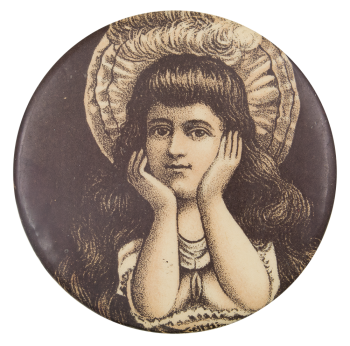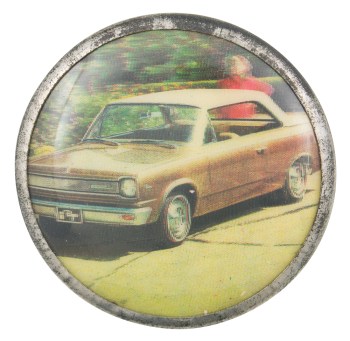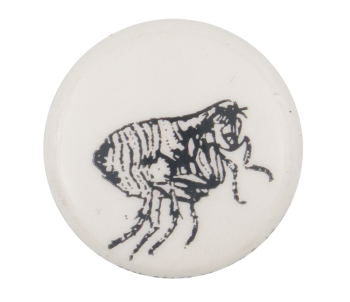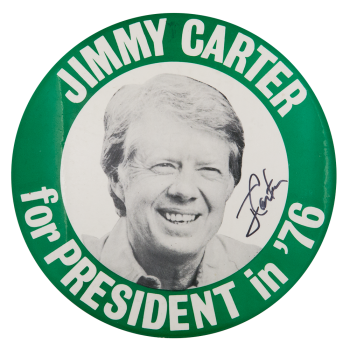Keeping Up With the Joneses
| Category | |
|---|---|
| Additional Images | |
| Sub Categories | |
| Text on Button | HELLO FOLKS! WE'RE IN THE MOVIES NOW ALOYSIUS P Mc GINIS See them all in KEEPING UP WITH THE JONESES STERN BROTHERS COMEDY |
| Image Description | Black and white illustration of a man in a top hat with glasses and a cigar with black text on a white background |
| Back Style | |
| The Shape | |
| The Size | |
| Additional Information | Created by Arthur R. "Pop Mormand, Keeping up with the Joneses was an American comic strip that debuted on March 31, 1913. The strip follows the McGinis family: parents Aloysius and Clarice, their daughter Julie, and the family's maid, Bella Donna. The strip features a comedic look at the McGinis families attempts to match their lifestyle to that of their neighbors, the Joneses, who are never actually seen in the comic. The strip was popular enough that a series of silent animated shorts were released between 1920 and 1921. Upon finishing its run in 1938, the series gave rise to the popular phrase "keeping up with the Joneses", which when referred to means the comparing of oneself to their neighbors as an indicator for their social class and material wealth. The phrase remains popular in the 21st century. |
| Sources |
Safire, W. (1998, November 15). On Language; Up the Down Ladder. The New York Times Magazine. Retrieved from http://www.nytimes.com/1998/11/15/magazine/on-language-up-the-down-ladd… |
| Catalog ID | EN0401 |

